The Brown Marmorated Stink Bug, also known as Halyomorpha halys, is a common pest in the United States. These pesky bugs are known to travel from one location to another with ease. They're not only an annoyance because of their size and ability to get into your home, but they can cause damage as well!
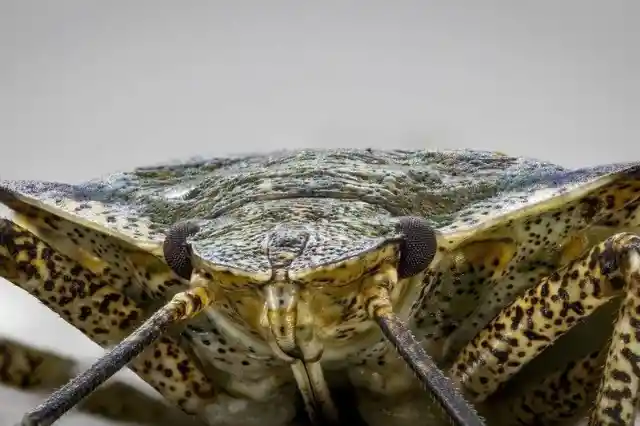
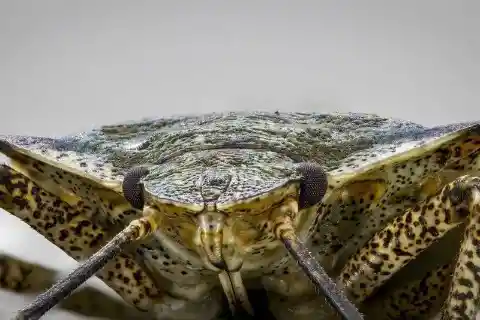
The BMSB feeds on many types of food products that we consume daily, such as fruits, vegetables, grains, nuts, and berries. If you don't want to face any negative effects from them in the future, it's important to take precautions against these pests now. Here is the full list of steps you should take when dealing with this stinky bug, including some effective solutions for eradicating them.
Stink Bugs Are Tiny
BMSBs are small and often blend in with their surroundings. If you're not sure what you're looking at, it's hard to identify them. An adult stink bug can grow up to 17 millimeters long and have an average width of 14 millimeters, making it one of the most famous tiny bugs in North America!
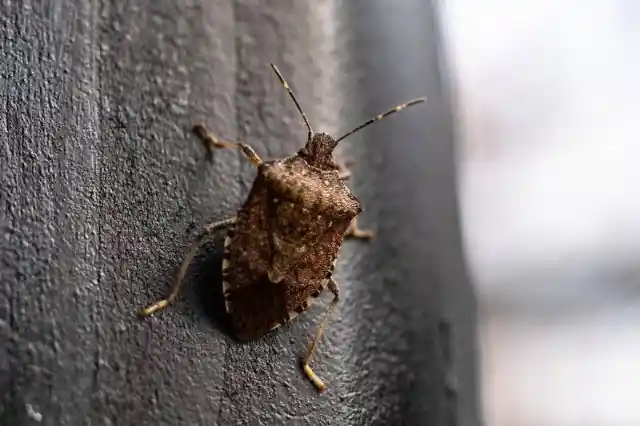
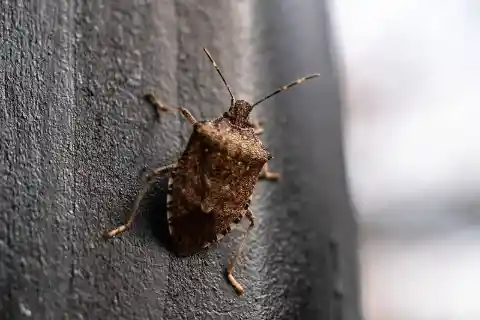
These bugs smell bad due mainly to chemical compounds in their bodies that smell like a less concentrated form of pepper spray. Now that you know the usual size and odor of this pesky insect, they'll start to become more identifiable.
Identifying Brown Stink Bugs
The brown marmorated stink bug has a shield-like appearance, with mottling that can vary from insect to insect but is always in the brown spectrum. Its abdominal edges and antenna have alternating light lines to dark lines across them.
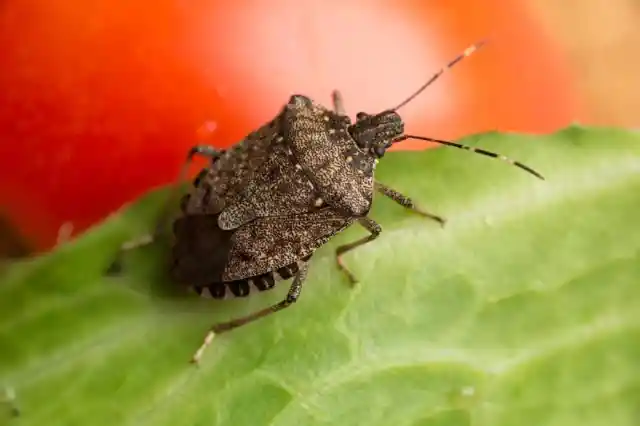
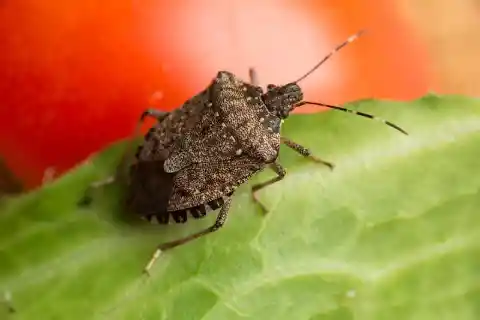
A newly hatched nymph's abdomen will be yellowish, and they usually have red eyes. Older nymphs are darker in coloration, with black and white stripes on their antenna and legs. Unlike other bug species, brown stink bugs are destructive. If you spot one in your garden or home, it’s advisable to spray it with your preferred pesticide.
The Discoveries of Stink Bug in 1998
This pesky creature was accidentally shipped over from Asia and became an all-out plague in Pennsylvania in 1998. Its native range extends throughout Asia, including China and Japan, but this invasive species now infests mainland USA.
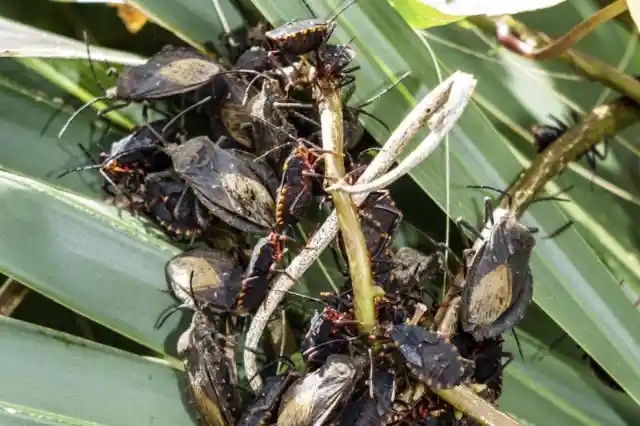
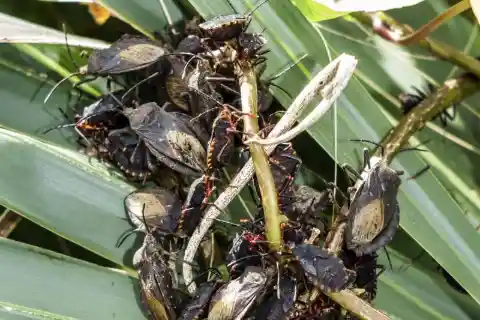
The brown marmorated stink bug is a new type of insect first found on the west coast of the United States. Since then, it has been reported to have spread throughout Oregon, including up into parts of Washington. They are considered an invasive species by some experts due to the rapid growth of their population.
Max Barclay’s Theory Regarding Stink Bug Travel
It turns out that the stink bug might have come from a bug that made its way to the United Kingdom. Max Barclay, the head of the Coleoptera collection at the National History Museum, believes that stink bugs need only a short time to travel from one place to another.
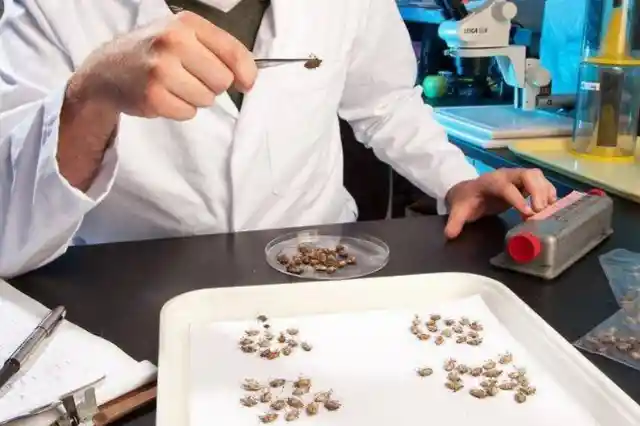
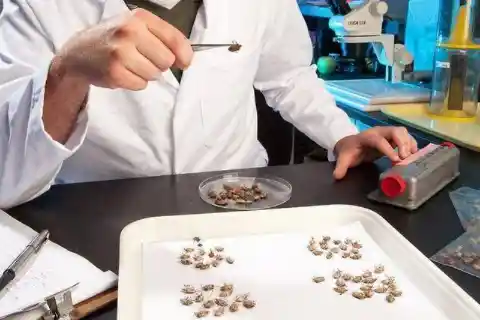
Barclay explained that these bugs can breed fast and hibernate in trees or shipping crates in the winter. If they do this in something that’s being transported to other countries, they’ll be all set to invade new territory when the shipment arrives. Another study suggested that climate change is contributing to the rapid spread of these insects around the globe.
Stink Bugs Love Warm Weather
In the winter months, stink bugs go into a dormant state known as "diapause." In order to survive cold weather, they must be exposed to specific temperatures. They love warm weather. However, when it becomes too hot for them, these insects fly to places with a milder temperature.
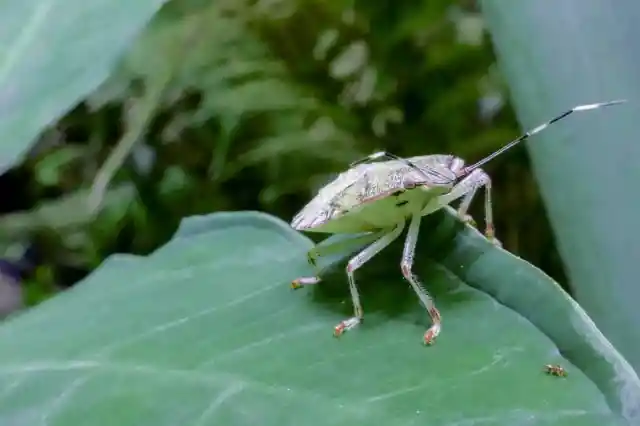
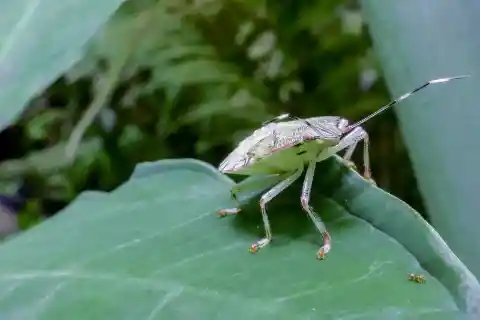
As soon as the bugs notice warm weather coming up outside, they'll start clinging to windows, walls, and other areas around the garden. An expert said, "From their point of view, they want to hunker down in the winter and leave in the spring."
Brown Stinks Bug Will Invade New Places
Fifteen years after its accidental introduction to America in 1998, scientists warned that these pests could proliferate if extreme climate change continues. At the time, this insect had been spreading westward across North America and Europe and was poised to invade Switzerland.
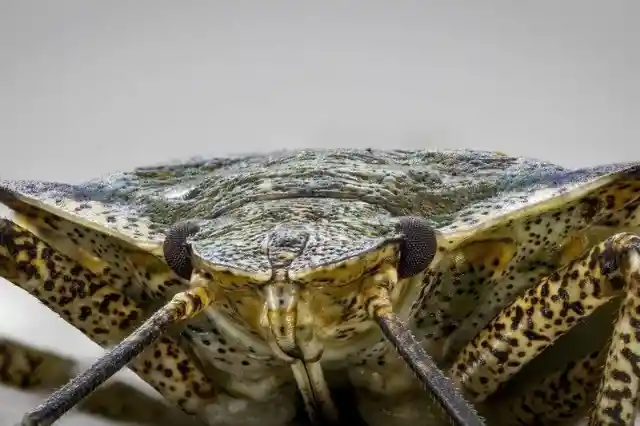
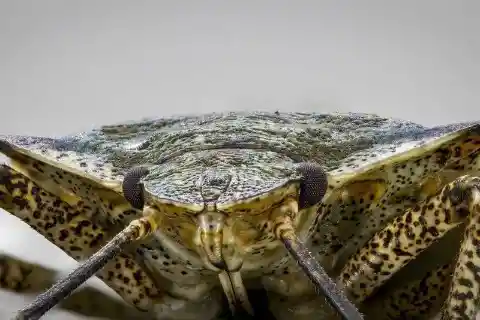
A bioclimatic model predicted in 2010 that the Brown Marmorated Stink Bugs would be affecting 40-60% of Switzerland’s crops by the end of the decade. Sadly, the scientists were right. The bugs have already invaded, putting the country's fruit and nut crops at risk.
Switzerland Invasion
In 2017, the marmorated stink bug was spotted in Switzerland. It spread rapidly around the country, starting out near the Central Plateau before moving down south toward Basel and Lake Geneva.


For many years, stink bugs were restricted in Switzerland, with the cold weather stopping them from venturing much further than Zurich. However, this relentless invader finally made its way all across Switzerland. The stink bugs' first sighting happened in Ticino, where pears and peaches were severely damaged. Meanwhile, from 2018 to 2019, the news reported that these pesky creatures became more of a threat to crops.
A New Challenge for Swiss People
The rapid growth of BMSBs became the biggest challenge in Swiss agriculture. These critters infest many types of plants, colonize new habitats with ease, and move quickly. They're also resistant to most pesticides, making them hard for people to control.
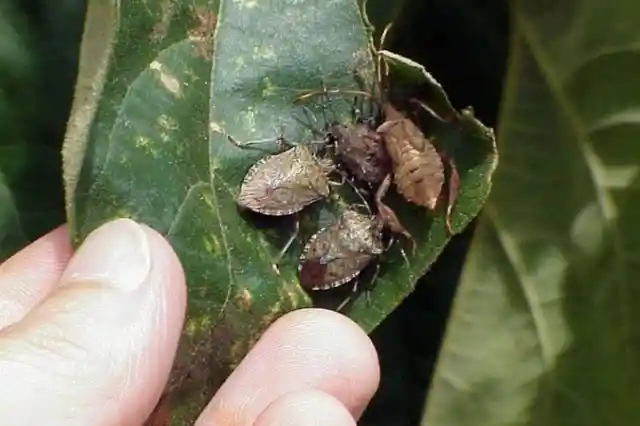
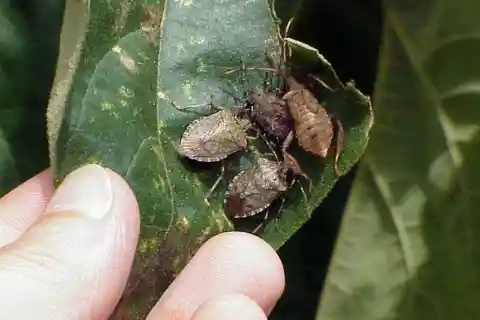
So far, there have been some approved options, including exclusion netting, executing trap crops, and plant protection products. Switzerland also has a pest control strategy aimed primarily at preventative measures. They accessed an online monitoring system to keep track of all reported sightings and incidents across Switzerland.
Bugs Invading Even the Higher Altitudes
A new study explains that climate change will push the invasive brown marmorated stink bug into higher altitudes and increase the number of generations each year. Stink bugs are projected to start producing two new generations a year instead of one – all due to climate change.
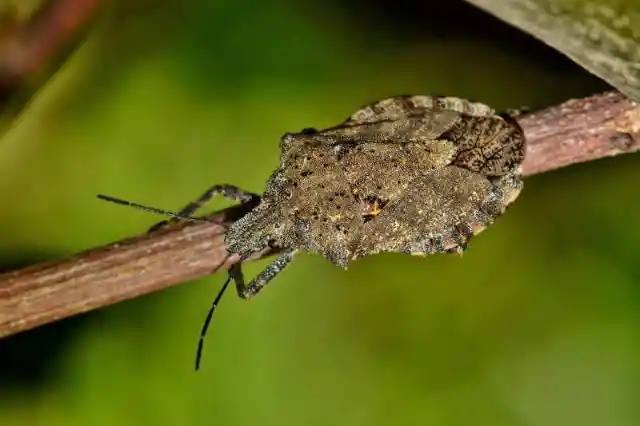
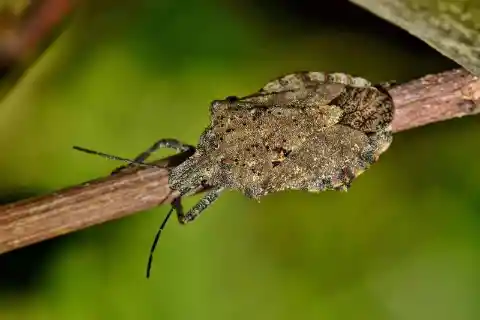
Doubling the generations means more than just doubling their numbers each year as climate change is also triggering more vigorous activity from the pests. Crop damage may soon become a massive problem in Switzerland. These results highlight the need to monitor the spread and rapidly increasing population of brown marmorated stink bugs in Switzerland and other high-altitude regions.
Thousands of Stink Bugs Damaging Crops
In some agricultural areas in California, a significant problem with almond trees has been caused by marmorated brown stink bugs. These pests also caused damage to various other crops, including apple trees and several different types of grapes in Sacramento. Once the damage was done, the population quickly moved to Stanislaus County.
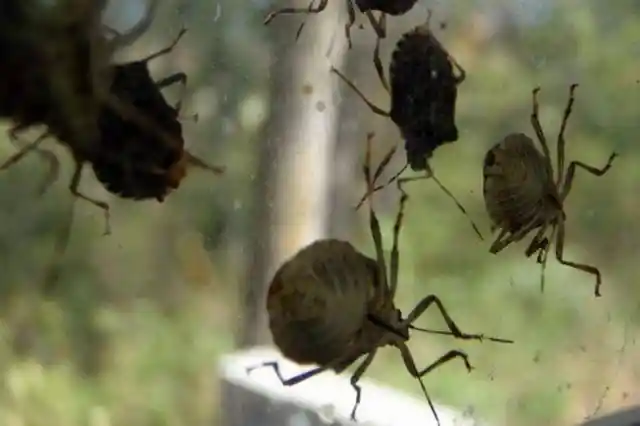
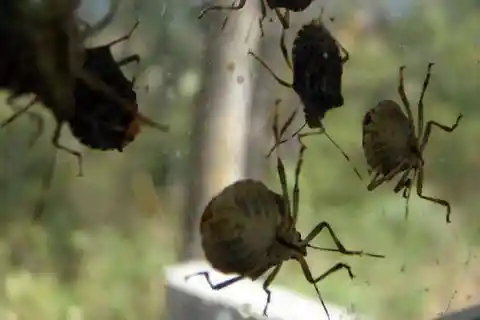
Thousands of damaged crops were (and still are) reported in different parts of California and Switzerland. From what we've learned, it's only a matter of time before the BMSB population gets out of control. So, it would help if you kept an eye out for any shield-shaped insects hanging around your backyard.
They Invaded North Carolina
The first detection of stink bugs in North Carolina was in Forsyth County in 2009. Since then, the bug has spread rapidly throughout the Piedmont and Mountain Regions. In January 2020, there were confirmed cases in 75 of North Carolina's 100 counties.
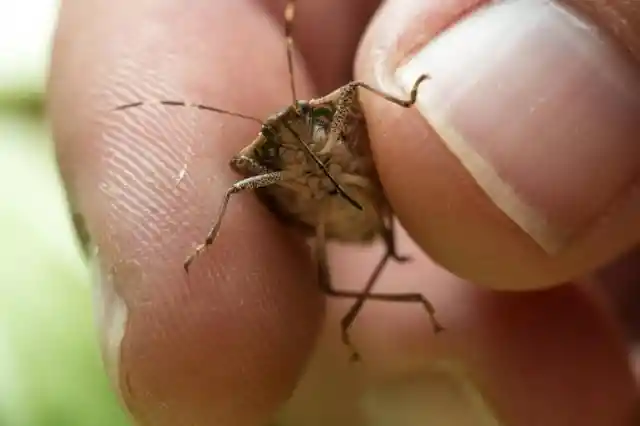
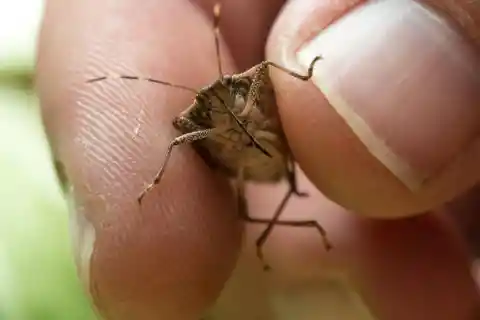
Although stink bugs are known to damage crops, that is not the case in North Carolina. Early reports in NC came from its urban areas, where there is roadside vegetation and structure that offer hibernation places. They have not been destructive to crops, but they have caused problems for homeowners.
Stink Bugs Became a Nuisance in the United States
The BMSB infestation diligently made its way to the eastern seaboard. The pesky insect began an outbreak in the United States that caused millions of dollars worth of damage to infected crops. As a result, the Northeastern IPM Center funded a team consisting of 50 scientists and 11 institutions in different states.
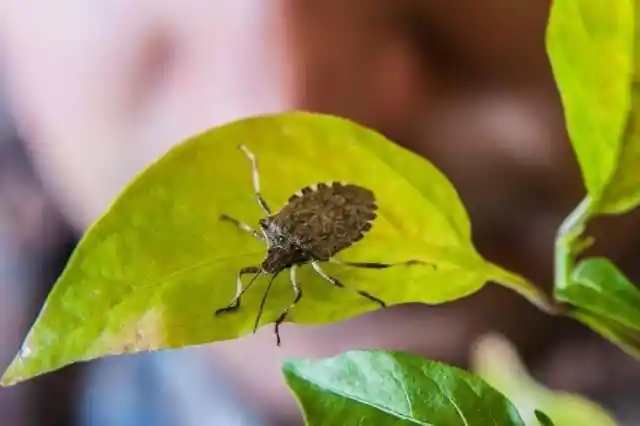
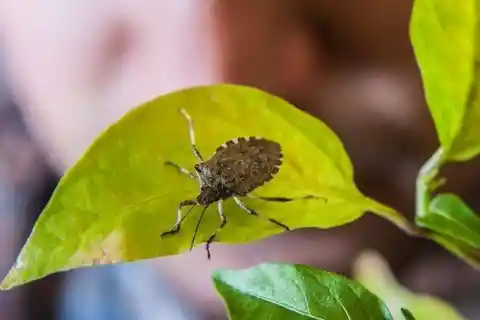
This group focused on research, regulations, and consumer priorities. From 2011 till this year, they have been preventing the spread of the BMSB. The team executed a national response to these invasive pests, and their efforts have done a lot to protect US agriculture.
Stink Bugs Smell Like Cilantro
People ask, "What is the smell of marmorated stink bug?" BMSB has glands that are responsible for emitting foul odor chemicals. Nymphs' glands are usually found in their lower abdomen, while in adults, the glands are located in their thoraxes. When the bugs are threatened, they will release the chemicals.
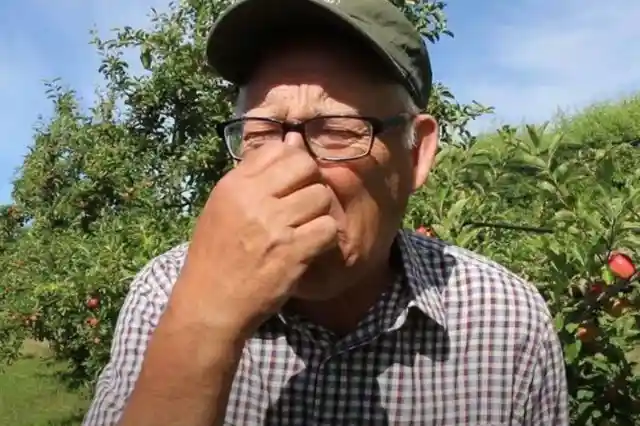
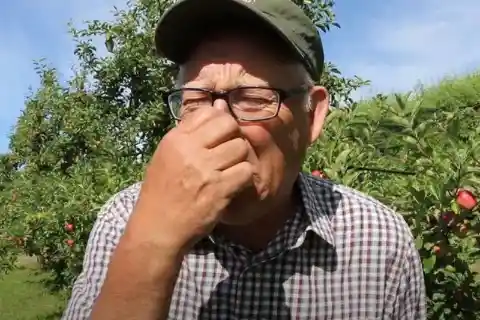
They can spurt the chemicals up to a few feet away. The smell has been described as being a combination of cilantro and oil or burnt rubber. Some people say it smells more like a skunk, with an ammonia-like aspect to it.
It’s Impossible to Wipe Them Out
Sadly, it is unrealistic to hope that there will ever be a way to erase the stink bug species forever. The best that we can do is to prevent the pests from spreading in the first place. So, what can we do to reduce the stink bug population?
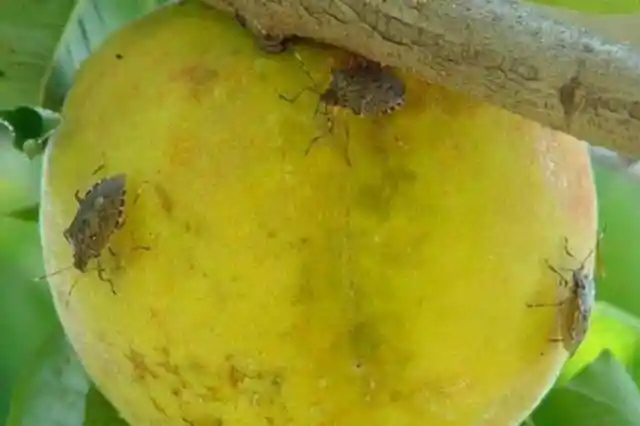
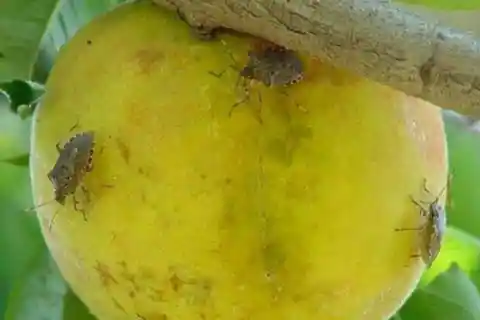
The best option is to prevent an infestation from starting. To do this, we need to limit their habitat and food sources. This means using traps and insecticides, such as physical netting and plant protection sprays. Check and remove possible places that stink bugs might use as their breeding grounds.
The BMSB’s Favorite Hiding Places
BMSBs tend to hide and move around a lot, making them hard to spot in the field. Stink bugs can cause crop damage, and since these insects emerge from wooded areas, it makes sense to check the borders around fields. Look for signs of injury to the outer skins of crops.
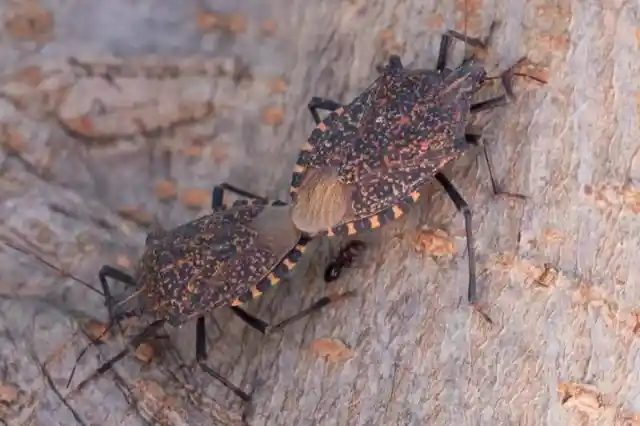
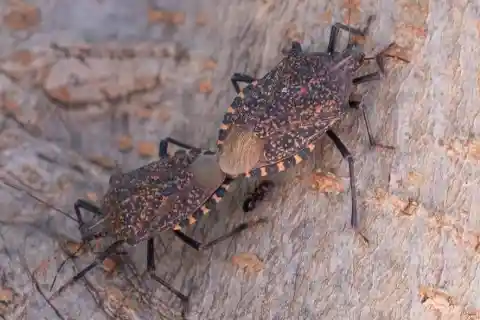
Just one bug can hurt a lot of vegetables and fruits. Using pheromone traps as an early detection tool will alert you to when the BMSB threat is at its peak.
Extraction of Unnecessary Plants
If you are in the midst of a BMSB problem, it's important to start being proactive against these bugs. Fight them before they cause extensive damage to your crops. One way to combat the invasion of stink bugs in your yard is to remove all of the random weeds in it.
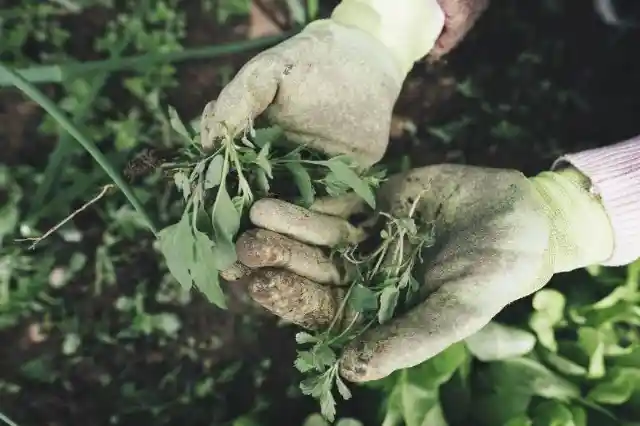
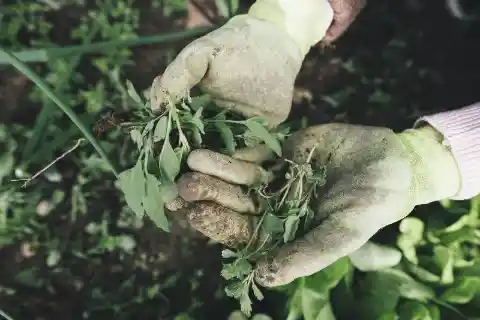
Weeds and other lawn plants are a good hiding place for stink bug eggs. To prevent their rapid growth, extract random plants that could be a bug's breeding ground.
Plant Protection Spray
If you have had no luck getting rid of the stink bugs after extracting all the weeds, try making a homemade stink bug spray. One of the most widely used techniques for repelling stink bugs is to spray your plants with a concoction made from kaolin clay, water, and dish soap.
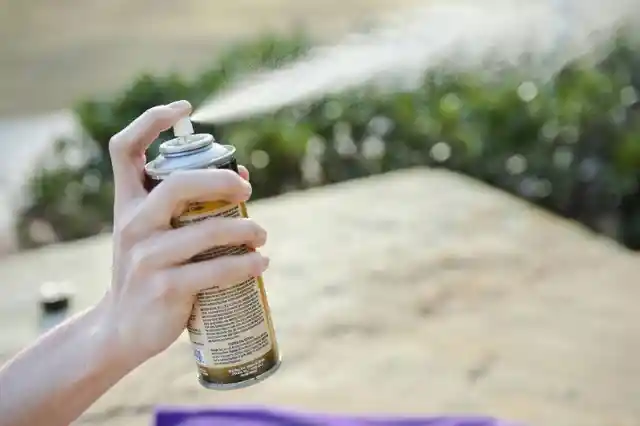
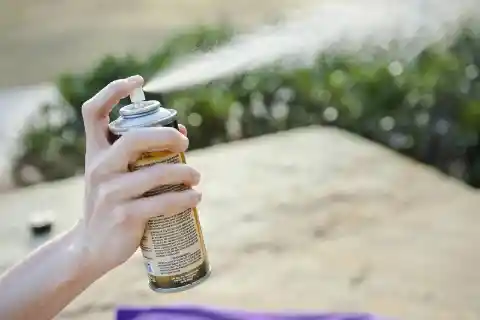
Add a tablespoon of liquid soap to two gallons of warm water, and mix in a quart of kaolin clay. Once the ingredients have been blended, pour some into an empty spray bottle, and spray it on your garden to protect your plants. Side note: This will not impact the activity of helpful insects like bees.
The Benefits of a Homemade Spray
The soapy spray can penetrate the stink bug’s rigid shield. If you spray the solution directly onto the bugs, the soap will penetrate their armor. This will eventually cause a loss of fluid balance in them, resulting in dehydration and death.
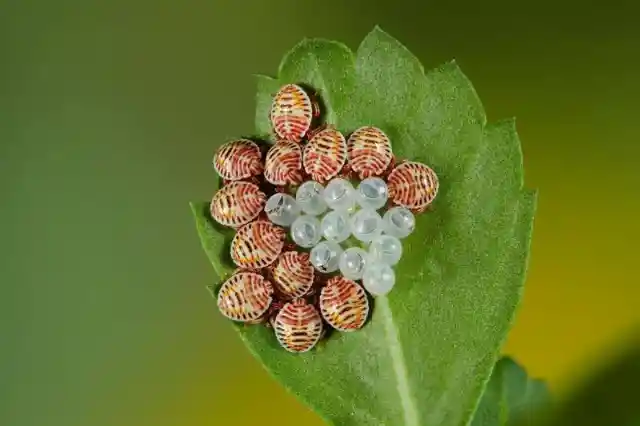
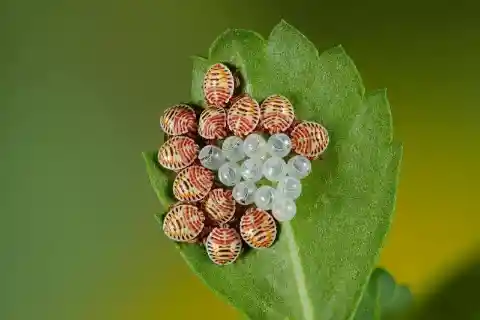
The mixture also repels stink bugs from eating foliage, crops, or even stepping on plants sprayed with it. At the same time, it will not harm plants or crops. However, make sure that you rinse any fruits and vegetables thoroughly before eating them.
Use a Trap Plant
The best way to keep stink bugs away from your vegetables is to use a "trap plant." Trap plants like sunflowers and yellow corn lure stink bugs away from everything else. So, this is a great way to protect the fruits and vegetables in your garden that you plan on eating.
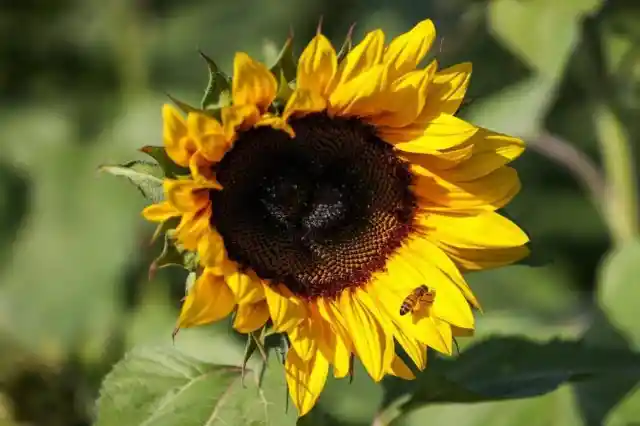
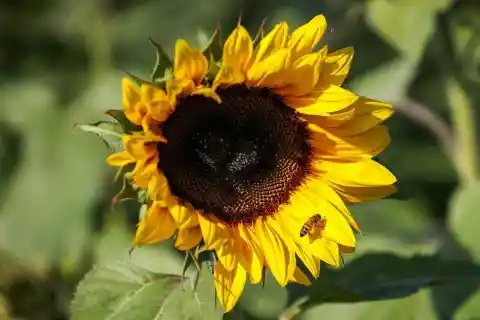
Stink bugs are also attracted to lights, specifically yellow lights. Yellow sunflowers are bright enough to be attractive to them. All you need to do is to find a good place to plant them. As a bonus, sunflowers really brighten up your garden.
Trap Plant Placement Is Important
When setting out decoy plants that the stink bugs are attracted to – like corn, sunflowers, and mustard – be sure to place them in areas that are far away from your crop garden. This will lure the pests away from your precious flowers, fruits, and vegetables.
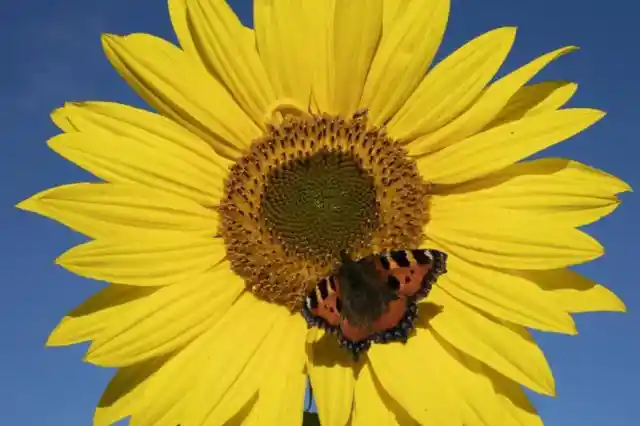
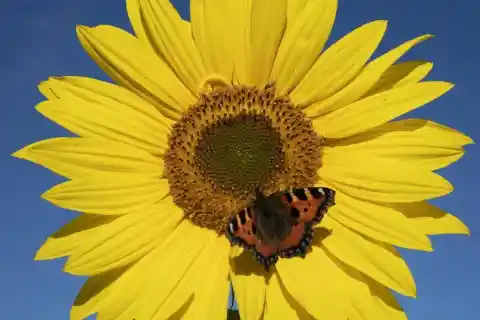
The stink bugs will flock to the trap flowers, but this isn’t the end of the strategy. Ensure you have some plastic bags on hand. When the stink bugs are busy munching food, catch them by ensnaring the entire plant in a plastic bag. The next move is to properly dispose of the trapped bugs.
Disposing of the Trap Plant
While stink bugs feed on the trap plant, wrap the whole thing in a garbage bag. Seal it up tight so they can’t get out, and leave it out in the sun for a few days. When the bugs are dead, you can throw them in the garbage bin.

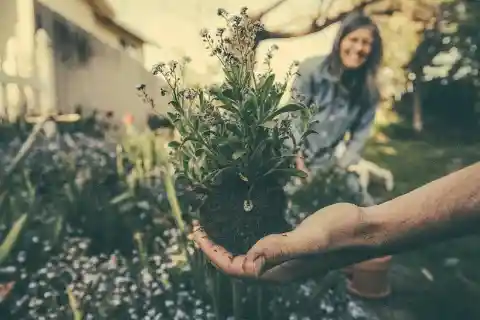
If you have a lot of birds that visit your garden, you may be lucky enough for them to feed on the stink bugs as they feed on your decoy plants. Either way, it will save your crops from damage, and you will be doing your part to reduce the growing population of these pesky bugs.
Bury the Plastic Bag
If you’re not sure if all the bugs are dead, try spraying the inside of the bag with soap. Another option is to dig a hole in the ground and bury it. The hole should be very deep to ensure they are unable to escape and burrow to the surface.
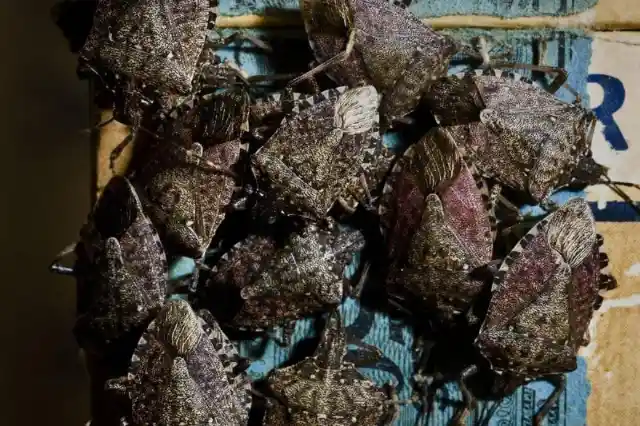
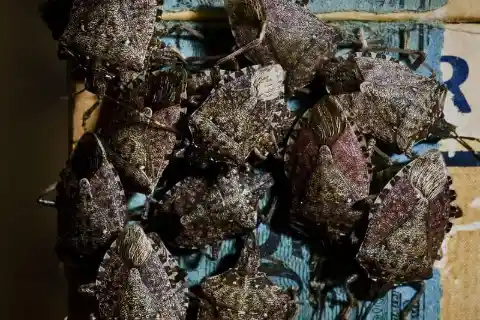
If you want to avoid the potential of getting the stink bug scent on you, then you may wish to avoid opening the bag once you’ve sealed it. In this case, dig a hole that’s at least half a foot deep, ensure the bag is properly sealed, and bury them. You may wish to use biodegradable bags for this strategy.
Stink Bugs Are Vegans
Some garden pests are easy to see, but others are a bit more sneaky. The Brown Marmorated Stink Bug can be both, depending on how many are in your garden. They like to feast on vegetables and fruit, and they can destroy your garden if not dealt with immediately.
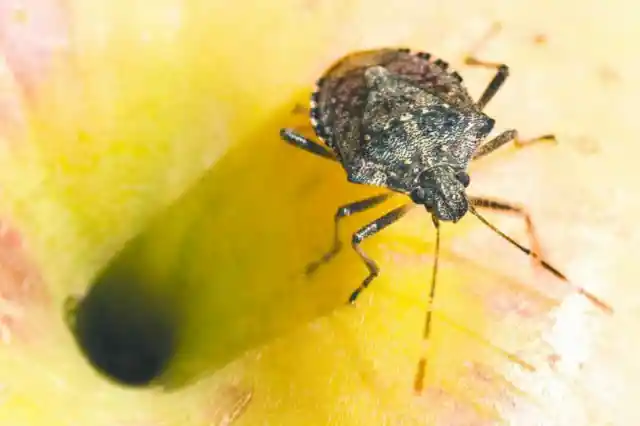
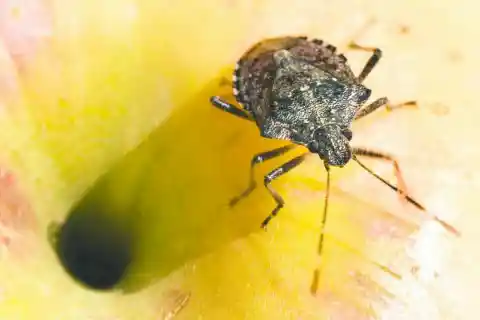
Stink bugs enjoy a varied diet, including beans, okra, tomatoes, apples, corn, peaches, pears, and berries. Others also eat grass, flowers, and buds. It’s clear that they love eating all kinds of food. So, if you don’t want your crops to be their next feast, it’s best to set traps now.
House Protection Against Stink Bugs
In the winter months, stink bugs try to find places to sleep and hibernate. They like to hide in cracks and holes in houses. Though they are crop pests, they are not harmful to people's health. Stink bugs don't bite or sting people either.
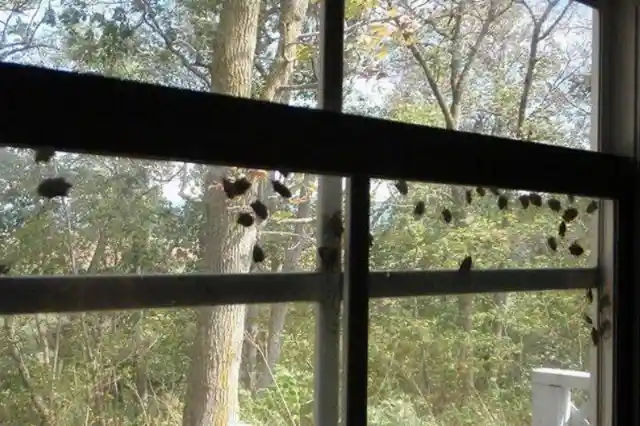
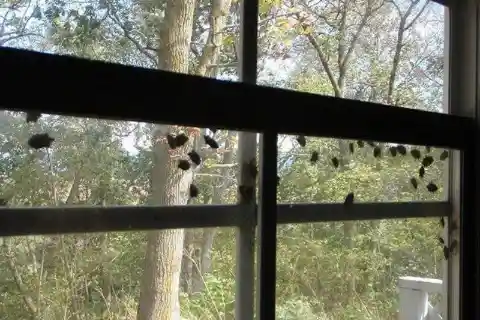
In order to keep bugs from invading your house, you have to look for cracks and places where they might be able to crawl through. Seal those holes and crevices to ensure that the bugs can't get inside.
Use a Vacuum Cleaner
If bugs get inside the house, you can use a vacuum cleaner to suck them up. You may use any kind of vacuum cleaner, so long as it has a bag. You have to be careful with it, though, because the stink bugs release a bad smell.
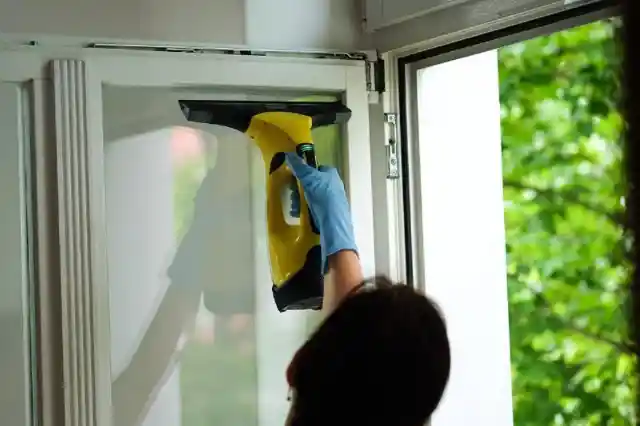

Before throwing out the bags, make sure that the bugs are all dead. If not, they will crawl back inside your house. Remember, stink bugs don't die quickly or quietly – they put up a rotten-smelling fight!
Stink Bugs Are Relentless
Marmorated Brown Stink Bugs can fly, and if it’s time to hibernate, they will go into a person's house. This is happening in many places now. If they can't find holes in walls, stink bugs might go inside ventilation areas.
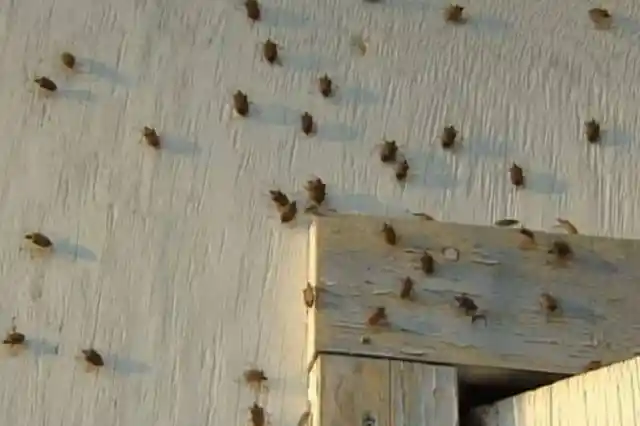
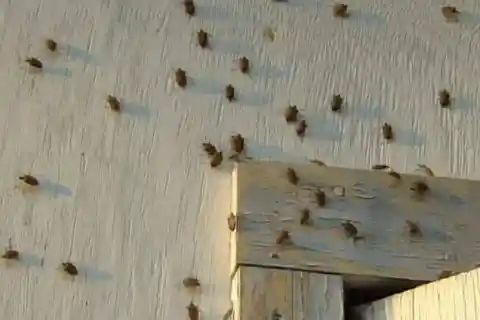
To protect your home from stink bugs, it’s a good idea to get a piece of mesh and stick it over the air vents of your house. This will keep bugs from being able to sneak in through the vents.
New Hope Against the Invasive Species
In a recent study conducted by Tracy Leskey, an entomologist with the Agricultural Research Service (ARS), it was found that stink bugs are attracted to UV black lights and chemicals like pheromones. This result led to the invention of pheromone traps.
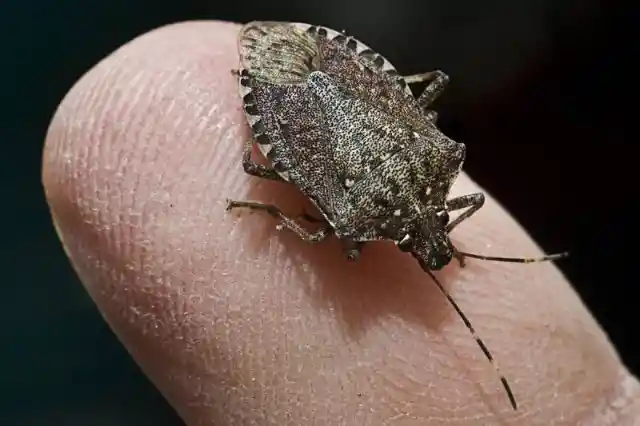
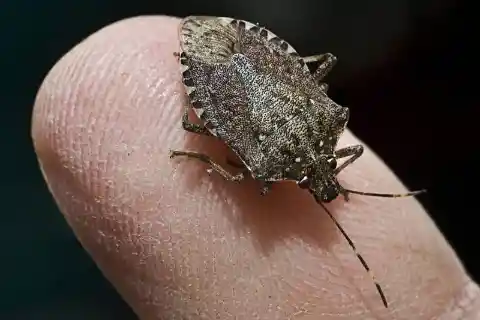
Leskey started with a test trap. The pheromone-baited traps for stink bugs work better than the unbaited ones. She also discovered that light-baited traps were better during the middle of the season, and pheromone-baited traps were better during the end of the season.
Millions of Dollars Worth of Damage
Farmers lost millions of dollars in 2010 because of the stink bugs’ impact on apples. They are asking for help to fight Brown Marmorated Stink Bugs. In the Mid-Atlantic region of the US, apples have been damaged so badly that the losses amounted to around $37 million.
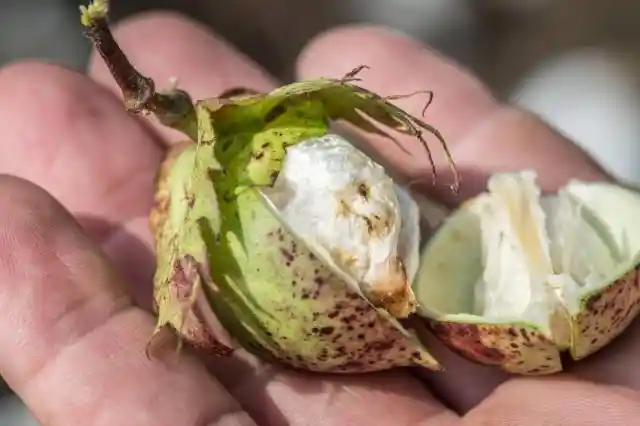
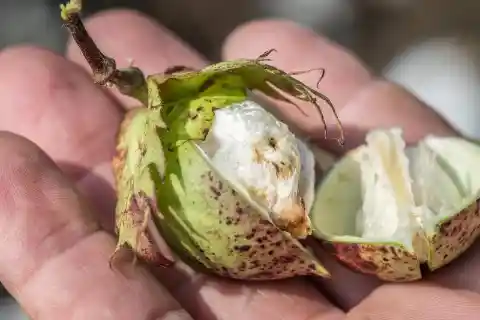
USApple’s director of industry affairs said, “The loss to apple growers of $37 million in income in a single year is a very serious matter. Better methods of controlling this pest are badly needed.”
The Recent Invasion
Some stink bugs have been found in England. However, it is not yet clear how they got there. The current speculation is that stink bugs hitchhike in travelers' luggage. However, experts say that they may also have come from clothing and wood imports from the United States.
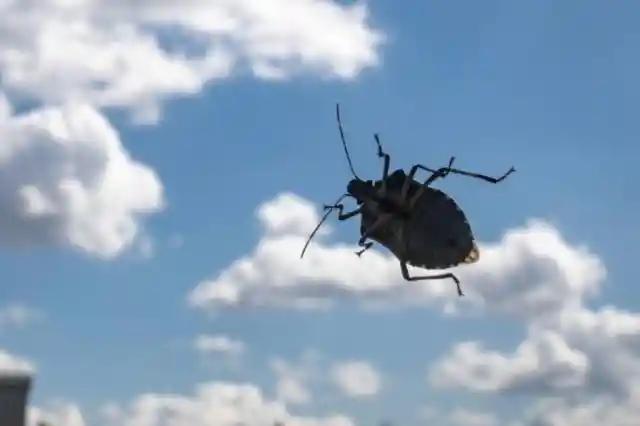
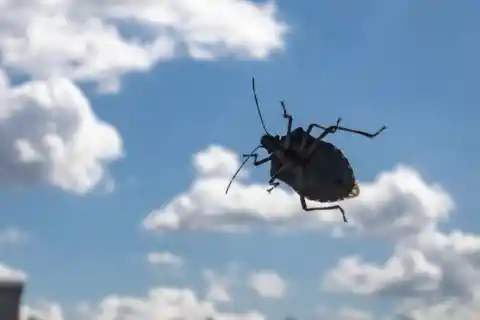
The arrival of the Brown Marmorated Stink Bug in the UK seems to have kicked off in Rainham Marshes near London. So far, no other invasion sites have been reported. However, the fact that they’ve been spotted at all isn’t good.
Keep an Eye on Them
Some of the proposed solutions above will only last for a few weeks or so. So, it’s important to monitor your yard for them every day to prevent damage to your crops and house. Continually remove unnecessary weeds in the yard and check the caulking to ensure it's still intact.
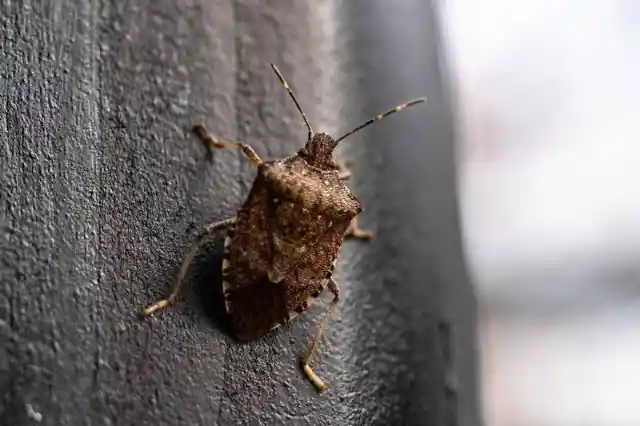
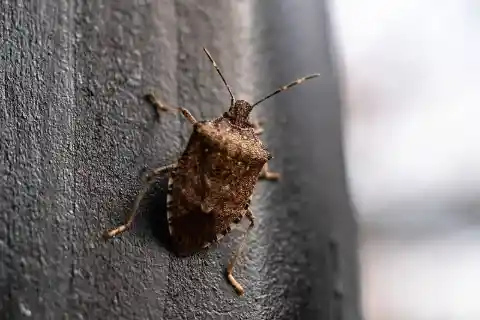
Stink bugs travel in groups, so if you spot one, there could be thousands of others nearby. Check possible hiding places such as in the branches of trees or under leaves. Keep in mind that prevention is better than cure.